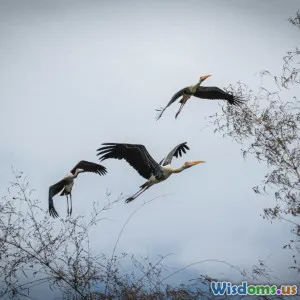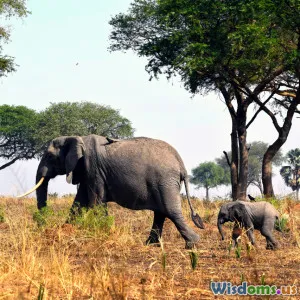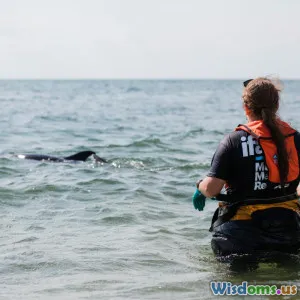
Why Some Animals Thrive After Rehabilitation And Others Struggle
16 min read Explore factors influencing animal success post-rehabilitation and why outcomes differ among species. (0 Reviews)
Why Some Animals Thrive After Rehabilitation And Others Struggle
Every year, animal care organizations across the globe dedicate significant resources to rescuing and rehabilitating wild and domestic animals—returning injured eagles to the skies, orphaned lion cubs to reserves, and neglected dogs to loving homes. While some animals exhibit remarkable resilience and successfully adapt post-rehabilitation, others falter, often failing to survive or reintegrate. This disparity raises a compelling question: why do certain animals thrive after rehabilitation, while others struggle despite the best efforts? Delving into this topic reveals a tapestry of factors from biology and psychology to environmental complexity and human influence.
The Role of Early Life Experiences in Recovery
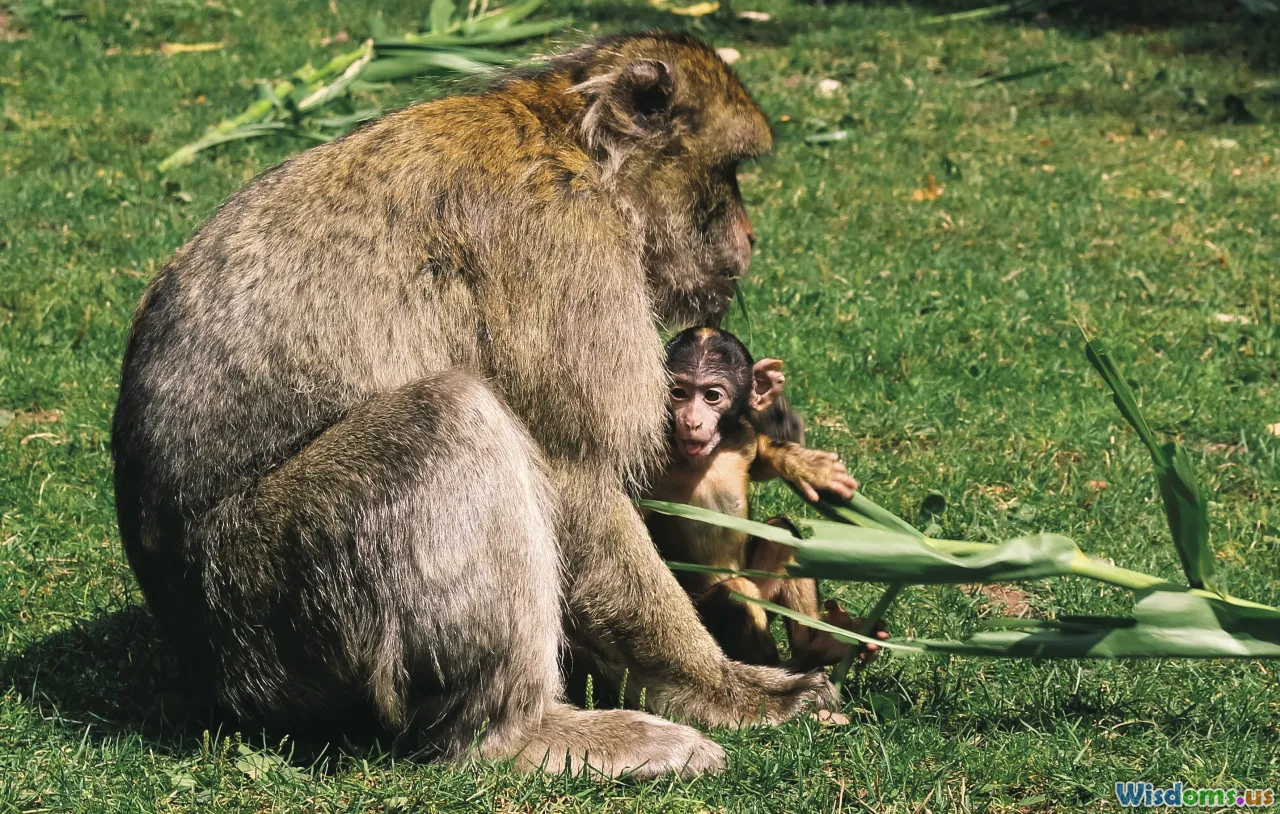
An animal's formative weeks or months play a pivotal role in shaping how it fares during and after rehabilitation. In the wild, many species go through sensitive periods where they learn critical survival skills directly from parents or social groups. Orphaned wild mammals, like fox cubs or raccoons, and nestling birds such as owlets, rely on parents for food sourcing techniques, threat recognition, and appropriate social conduct.
For instance, studies have shown that bear cubs orphaned younger than eight months—before key survival lessons—rarely succeed after release. Conversely, animal rescue centers that employ surrogacy, such as using conspecific foster parents for raising young, have markedly improved release success. Wolf puppies introduced to adoptive wolf families in Yellowstone National Park serve as an instructive example: given exposure to real-time hunting and pack dynamics, these hand-reared wolves demonstrated high adaptability on release.
Contrastingly, animals deprived of conspecific interaction or lacking proper training often exhibit maladaptive behaviors. This explains why purely human-raised owls frequently struggle with hunting or mate recognition after release, underscoring the need for species-appropriate rearing techniques from the outset.
Species Traits: Inherent Survivors Versus the Vulnerable
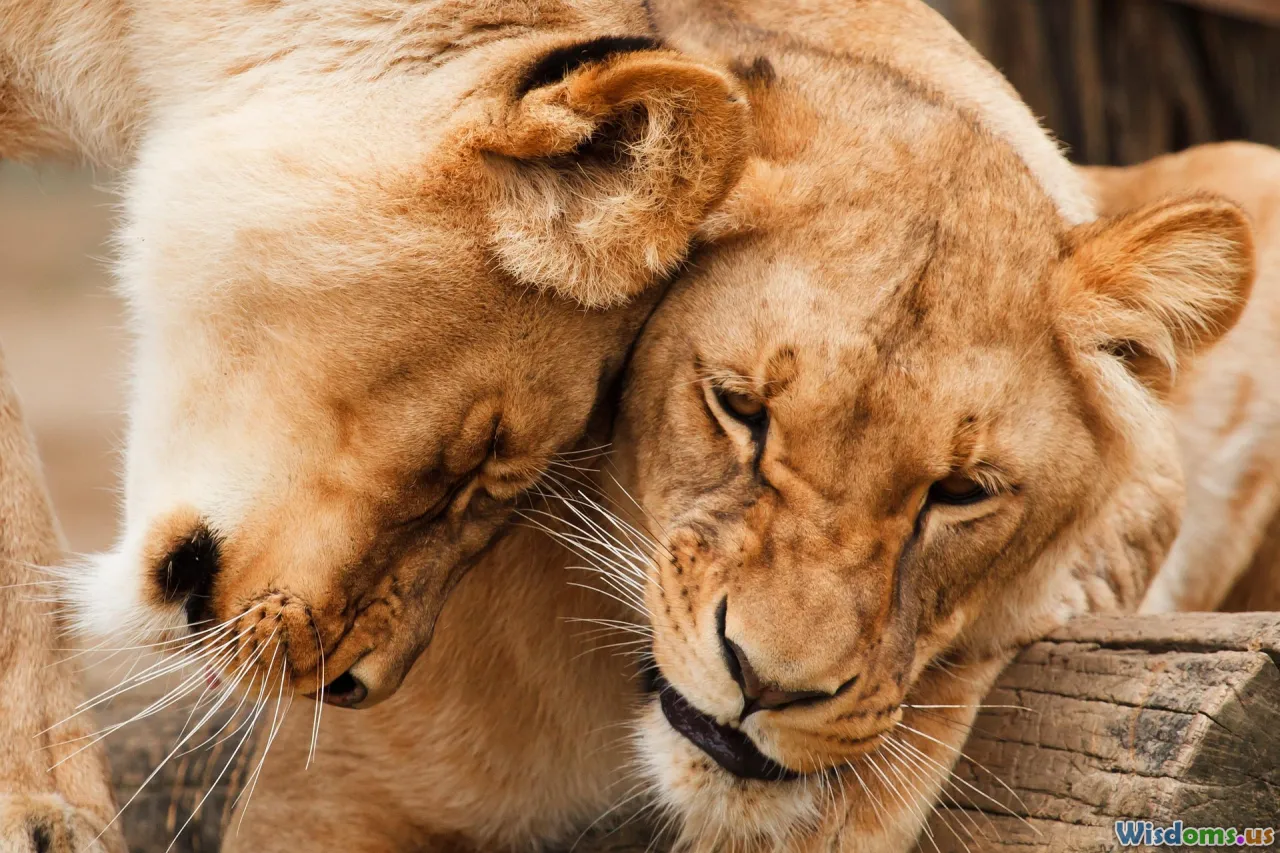
Innate species traits can very often tip the scales between thriving and struggling. Resilient generalists, like raccoons, foxes, and pigeons, are highly adaptable. Their diets are broad, and they show a capacity to adjust to varying habitats, including urban settings. When rehabilitated, these generalist species capitalize on their inherent flexibility, making a return to the wild less daunting.
Specialists, on the other hand, face steeper odds. Take koalas, which feed exclusively on certain eucalyptus species. Their narrow diet not only complicates captive care, but post-release survival hinges on perfect habitat matching. Similarly, the highly specialized Black-footed Ferret relies almost entirely on prairie dogs for food and shelter. Despite extensive breeding programs in North America, post-release survival is frequently threatened by inadequate prairie dog populations or the presence of non-native diseases.
Predatory skills also matter. Raptors like eagles and hawks—while iconic—require months of refinement to hone flight agility and accurate prey strikes. Rehabilitation programs report partial success with simulated hunting techniques, but birds that spent significant time in human care with restricted flight opportunities often retain deficits. Meanwhile, omnivorous scavengers like crows, renowned for problem-solving and innovation, more easily recalibrate after trauma.
The Critical Importance of Soft Release Programs

How an animal is returned to its environment profoundly influences outcomes. The "hard release," where an animal is simply released without acclimatization, works for robust adult generalists but proves perilous for most other types. Progressive facilities now favor "soft release" protocols—where animals experience gradual transition from managed care to self-sufficiency.
For example, rehabilitated sea turtles benefit from spending time in netted ocean enclosures, recalibrating muscles and reacquiring foraging skills before release. In avian care, particularly for imprinted or non-migratory species, soft release aviaries adjacent to wild habitats enable birds to familiarize themselves with local conditions and practice flight muscles without immediate exposure to danger.
The play-back of natural sounds, exposure to real prey, or even deliberate introduction of minor challenges—like fluctuating water levels for amphibians—are hallmarks of modern soft release strategies. A classic case: the Borneo orangutans of Sepilok Rehabilitation Centre, who are gradually weaned off human support and monitored using radio collars post-release. Follow-up data shows that those who undergo extended soft release have up to a 70% higher survival rate compared to sudden, unsupported releases.
Health and Trauma: The Lasting Legacy of Injuries
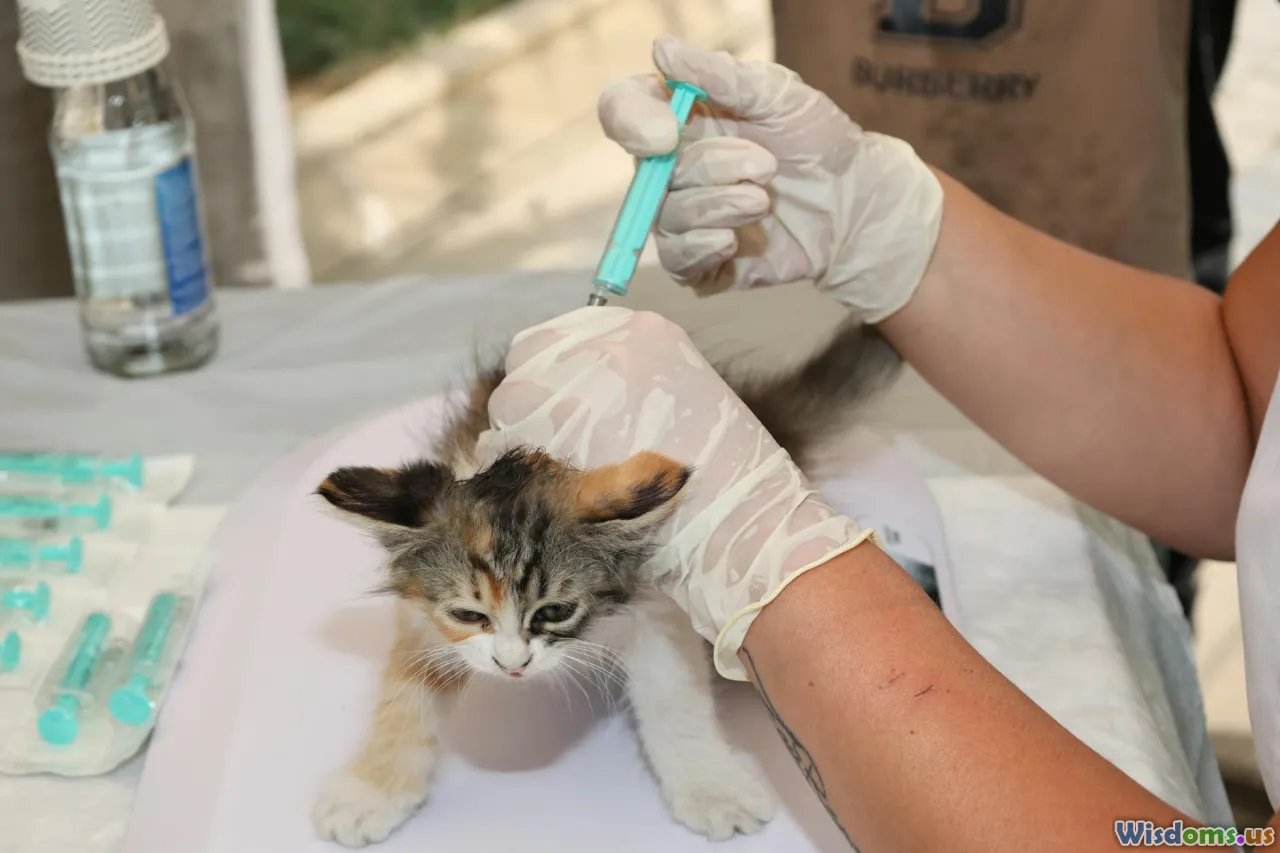
Physical injuries and psychological trauma not only dictate recovery potential but set the stage for future challenges. Animals that receive care for wounds—broken wings in raptors or fractured limbs in deer—may survive but retain diminished fitness. Raptors requiring partial wing amputations can never hunt effectively in the wild and are instead placed in educational facilities or permanent sanctuaries.
A less visible injury is psychological stress. Animals that endured prolonged suffering or were subject to capture (e.g., victims of illegal trade like pangolins and slow lorises) are more susceptible to chronic stress, compromised immune systems, and abandonment of learned feeding or social habits. Notably, African elephants rescued from culling zones exhibit persistent trauma-linked behaviors, such as aggression or stereotypic movements, that complicate herd reintroduction.
Veterinary advances provide solutions—custom prosthetics like 3D-printed beaks for parrots or hydrotherapy for marine mammals—but technology cannot always overcome compromised instinct or the subtle impairment of predator-avoidance behaviors. This fact guides professionals’ decisions to only attempt release when strict recovery thresholds are met.
Social Dynamics: The Undeniable Power of Group Belonging

Social animals, from dolphins to chimpanzees and wolves, face unique hurdles. Their survival hinges not only on physical recovery, but also on re-establishing their place in complex social hierarchies. Integration failures due to lack of social experience or the absence of identifiable cohort members lead, in extreme cases, to rejection or fatal encounters.
Take gorillas: young individuals raised in isolation face hostility if reintroduced to family groups that don’t recognize them. Rewilding efforts for African painted dogs demonstrate that success skyrockets when entire packs—rather than individuals—are rehabilitated and released together, supporting each other through initial stages. Domestic dogs and cats—while not strictly wild animals—show favorable outcomes when rehomed with compatible, familiar conspecifics, indicating that stability and social cohesion are paramount regardless of species.
Learning by imitation within groups also accelerates foraging, shelter-building, and predator-avoidance skills. For instance, penguin chicks that migrate en masse with established adults have dramatically higher survival rates than hand-reared, solitary releases.
The Human Factor: Handler Expertise and Public Perception
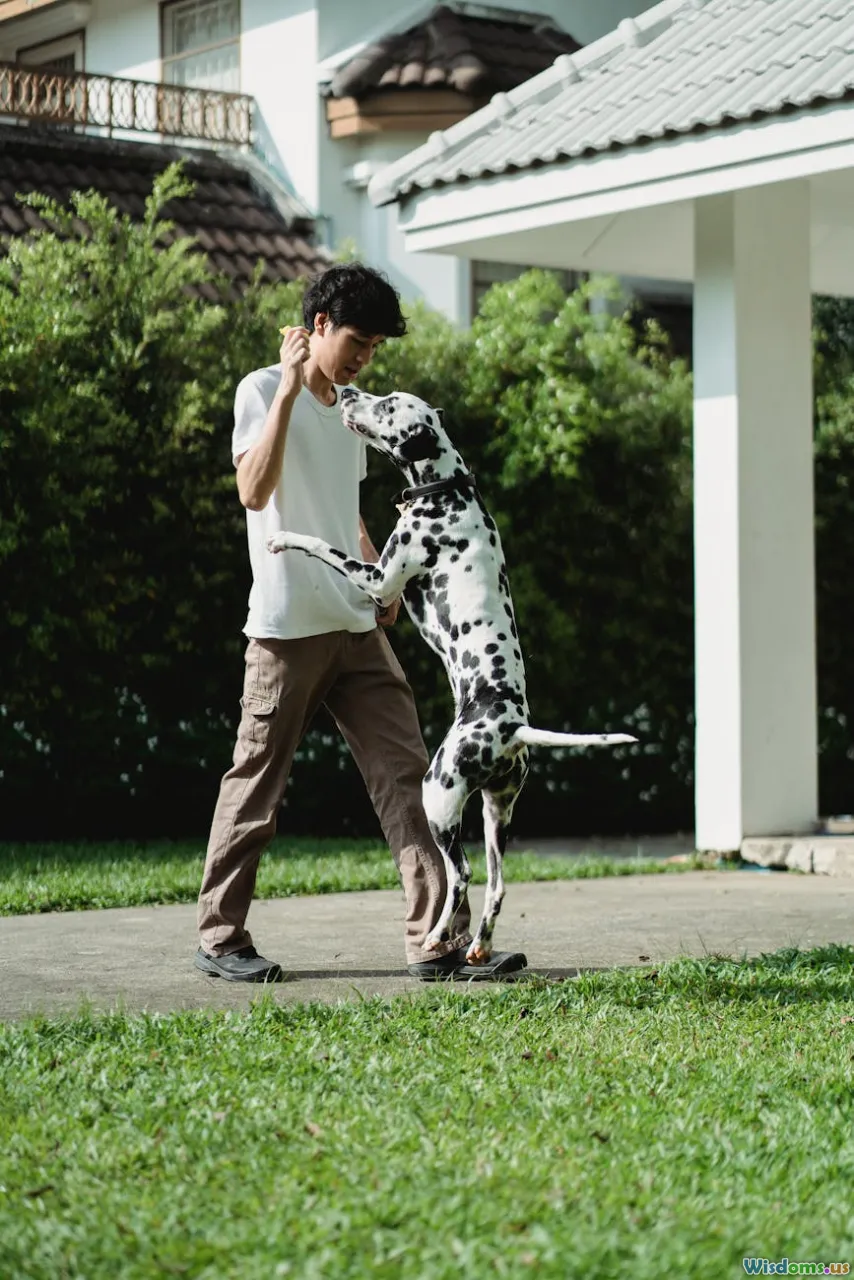
Skilled handlers, informed by up-to-date ecology and behavior research, are indispensable to rehabilitation success. Blend of animal husbandry, species-specific behavioral enrichment, and evidence-based medical protocols can make or break outcomes. Additionally, the perceived charisma of certain species sometimes results in more intensive care and fundraising—the so-called "cute factor"—which inadvertently benefits recovery.
Public perception also plays an unexpected role. Community involvement in animal monitoring (such as through citizen science), reporting re-sightings, and respecting release zones helps ensure ongoing support for returned individuals. For example, the Scottish Red Kite Project leveraged community engagement to track and protect released birds, yielding one of Britain’s most successful raptor reintroductions.
Conversely, misinformation, improper petting or feeding by well-intentioned locals can spoil or even doom releases, as seen in marine turtle strandings exacerbated by tourist interference along Central American coasts.
Environmental Stability and the Impact of Change

The best-prepared animal cannot thrive if the environment itself becomes hostile during or after release. Factors such as habitat loss, pollution, climate change, and proliferation of invasive species can tip the scales toward failure.
Consider efforts to reintroduce the Iberian lynx to Spain and Portugal: although advances in captive breeding and health care led to stronger, more viable individuals, ongoing habitat fragmentation due to roads and agriculture, plus declining rabbit populations (their primary food) led to mixed results. Introducing animals to restored or protected habitats offers better odds, amplified by environmental stewardship and monitoring.
Water quality is critical for amphibian rehabilitations: even healthy frogs die rapidly if released into ponds with unregulated agricultural run-off, as shown in wetland recovery projects in the US Midwest. Ultimately, meticulous matching of prepared animals with well-managed, resilient ecosystems is a recurring hallmark of success.
Monitoring and Adaptive Management: Learning From Setbacks
Long-term monitoring is essential, allowing organizations to learn from every animal's journey, fine-tuning methods and policy. Advances in miniature GPS tracking, camera traps, and genetic fingerprinting now enable researchers to follow animals post-release more closely.
After the release of California condors, telemetry data revealed unexpected threats like lead poisoning from scavenged bullets. In response, local governments instigated education campaigns and alternative ammunition programs, drastically reducing mortality. Similarly, ongoing tagging of rehabilitated sea otters on the Pacific coast led to new protocols, such as staged releases in kelp forests with proven prey densities and predator moderation.
This "adaptive management" approach—the willingness to reassess, iterate, and modify techniques—explains why historically difficult species (like bearded vultures in the Alps) begin to see increases in successful, self-sustaining populations.
Practical Tips For Improving Rehabilitation Outcomes
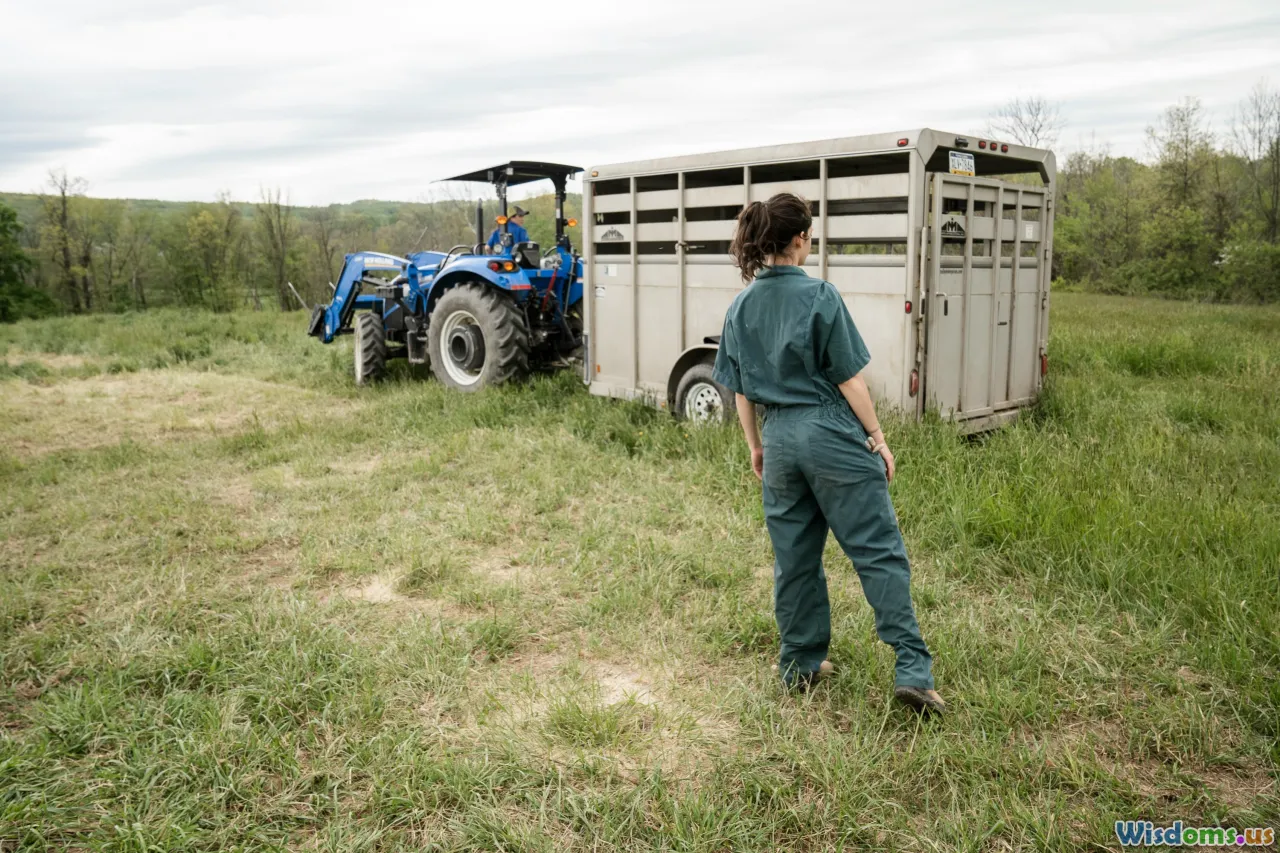
Success is rarely accidental—it thrives where strategy and compassion meet. Here are practical, evidence-based tips that can improve rehabilitation results for both wild and domestic species:
- Use Species-Specific Surrogates: Encourage mentoring by adults of the same species when possible.
- Enrich Before Release: Simulate wild diets, predator cues, and natural foraging challenges during care.
- Prioritize Soft Releases: Especially for juveniles or specialist species, staged acclimatization bolsters survival odds.
- Strategically Choose Location: Release in areas with minimal competition, abundant food, and safe habitat corridors.
- Limit Human Contact: Minimize reliance and imprinting by humans to prevent maladaptive behaviors.
- Pre-screen for Trauma and Health Issues: Only release fully rehabilitated animals whose physical and psychological health meet stringent standards.
- Foster Social Groups: When dealing with social species, rehabilitate and release groups together whenever possible.
- Invest in Post-Release Monitoring: Utilize tag-and-track technology for learning and intervention.
A Path Forward: Adaptation, Compassion, and Hope

The road from rescue to freedom is rarely straight—and even the most rigorous efforts cannot guarantee positive outcomes for every animal. Yet when strategies rooted in biological understanding and compassionate care are deployed, miracles occur: once-captive eagles soar, foxes and lynx reclaim forests, and once-neglected pets become beloved companions. This process not only shapes the destinies of individual animals, but also enhances biodiversity, ecosystem health, and our shared sense of stewardship.
Each successful rehabilitation story is a testament to adaptation, empathy, and learning—both animal and human. As our knowledge grows, so do the trails of pawprints and plumage returning to their rightful place in nature’s grand drama, offering hope for every life still in need of a second chance.
Rate the Post
User Reviews
Popular Posts













